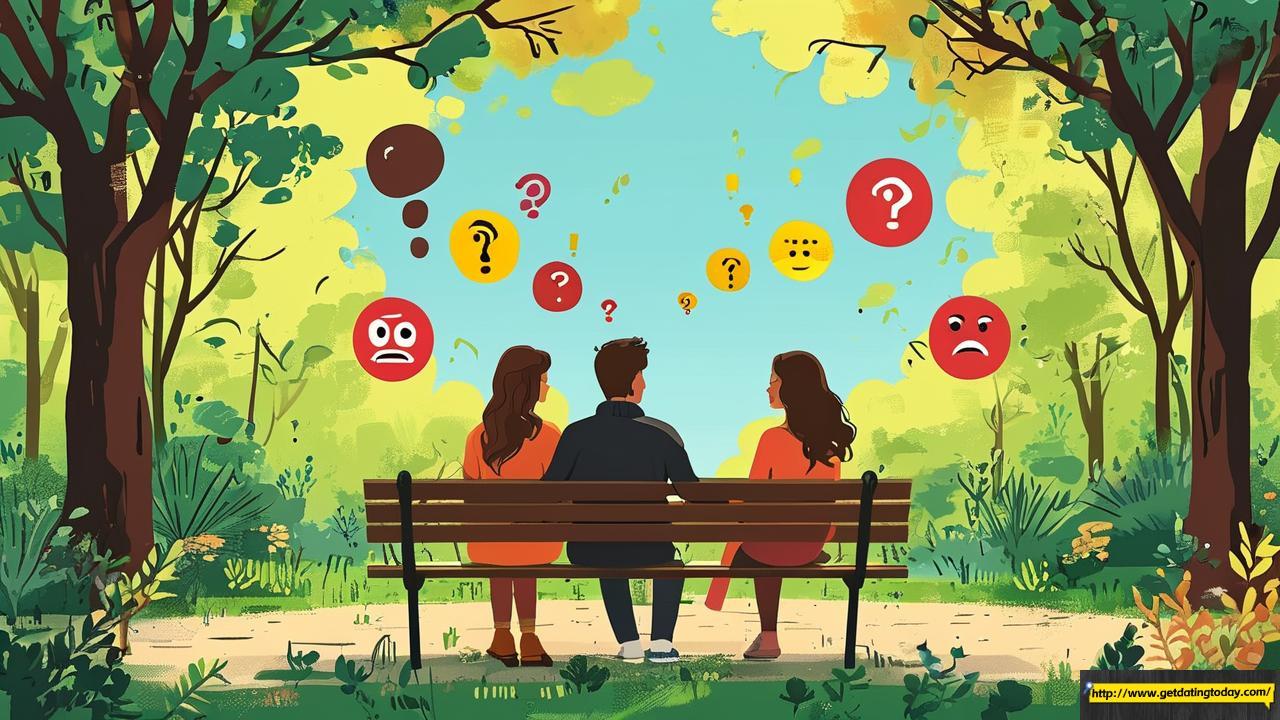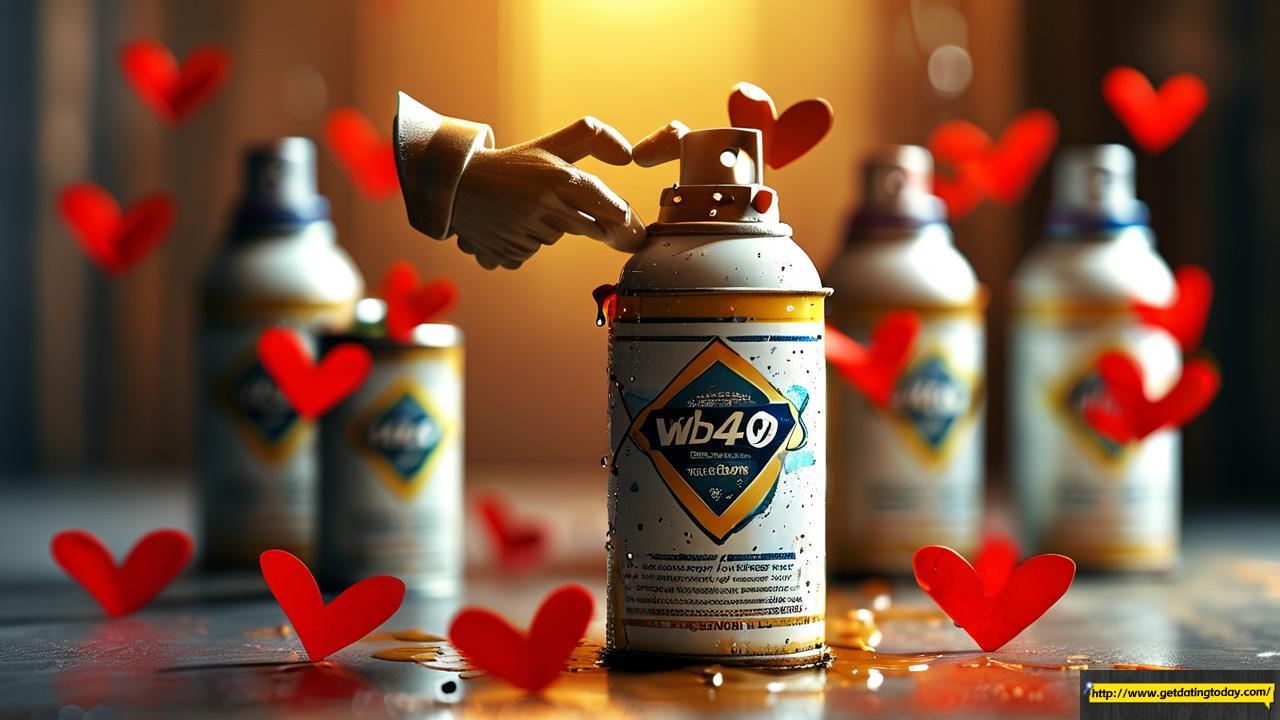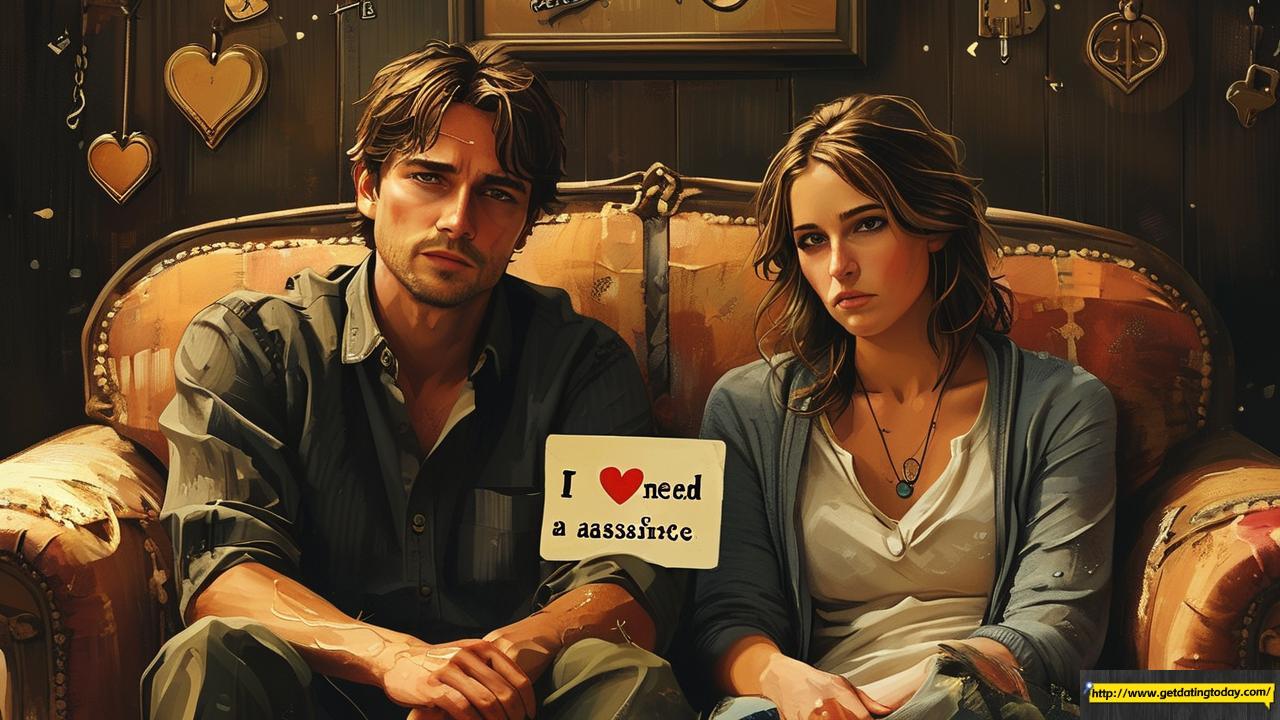Every relationship is a journey—a winding path through sunlit meadows and stormy nights. Whether you’re navigating the early butterflies of dating, building a life with a partner, or healing from a breakup, challenges are as inevitable as sunrise. But here’s the secret: obstacles aren’t roadblocks; they’re stepping stones to deeper connection. Let’s explore how to turn friction into fuel.

The Power of “Us vs. The Problem”
Imagine your relationship as a tandem bicycle. When one person pedals harder than the other, you swerve. Research from the Gottman Institute shows 69% of conflicts in healthy relationships never fully resolve—what matters is how you pedal together. Start by reframing arguments: instead of “you’re wrong,” try “how can we solve this?” A couple I coached replaced their “blame game” with weekly “problem-solving dates,” cutting recurring fights by half in three months.

Decoding the Love Dialect
We’ve all felt that frustration: “Why don’t they just get me?” It’s like speaking French to someone who only knows Mandarin. their promotion), and resentment builds. daily. A simple “That’s awesome! Tell me more” works like relationship WD-40.

Trust: The Invisible Glue
Trust isn’t a vault that never opens—it’s a muscle that needs exercise.transparency sprints”: shared phone access for 15 minutes daily, gradually reducing as reassurance grew. Neuroscience confirms that consistent small trustworthy acts (like texting “running late” unprompted) release oxytocin, the bonding hormone. Think of trust as emotional compound interest—tiny deposits create massive returns over time.

Conflict as a Catalyst
Fighting about dishes? You’re probably not really fighting about dishes. UCLA researchers found 85% of arguments stem from unspoken needs. Next time tensions rise, try the “Three-Layer Why”:

- Surface issue: “You forgot our date night”
- Emotional layer: “I feel unimportant”
- Core need: “I need reassurance we’re a priority”
A study in the Journal of Social and Personal Relationships showed couples using this method resolved conflicts 40% faster.

The Passion Paradox
That “spark” doesn’t fade—it transforms. MRI scans reveal long-term couples in love show brain activity similar to new couples, just with added prefrontal cortex Reignite passion through “novelty injections”:

- Take a salsa class together (novelty boosts dopamine)
- Cook a recipe while blindfolded (heightened senses = increased attraction)
- Write each other’s online dating profiles (yes, seriously—it reminds you why you chose each other)
Breakups: The Phoenix Process
When relationships end, it’s not failure—it’s data collection. A 2023 Stanford study found people who framed breakups as “learning chapters” rather than “ruined forever” recovered 65% faster. Create a “relationship autopsy”:
- What worked? (Shared financial values)
One client turned her breakup journal into a thriving relationship beginnings.
The 2% Rule for Lasting Love
Forget grand gestures. Lasting relationships thrive on micro-moments. Relationship scientist Dr. Terri Orbuch recommends daily 2% efforts:
- 2-minute morning hug (releases stress-reducing cortisol)
- 2-second longer eye contact during conversations
- 2 unexpected compliments weekly
It’s like emotional compounding—small consistent investments create exponential returns.
Every challenge holds a gift. Whether you’re choosing wedding vows or healing a broken heart, remember: relationships aren’t about finding perfection, but creating resilience. The cracks? That’s where the light gets in—and where true connection grows.
